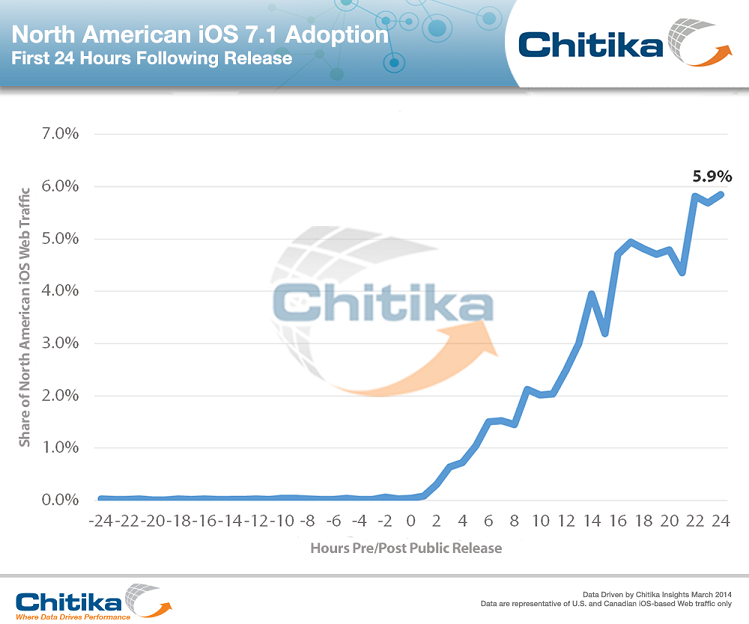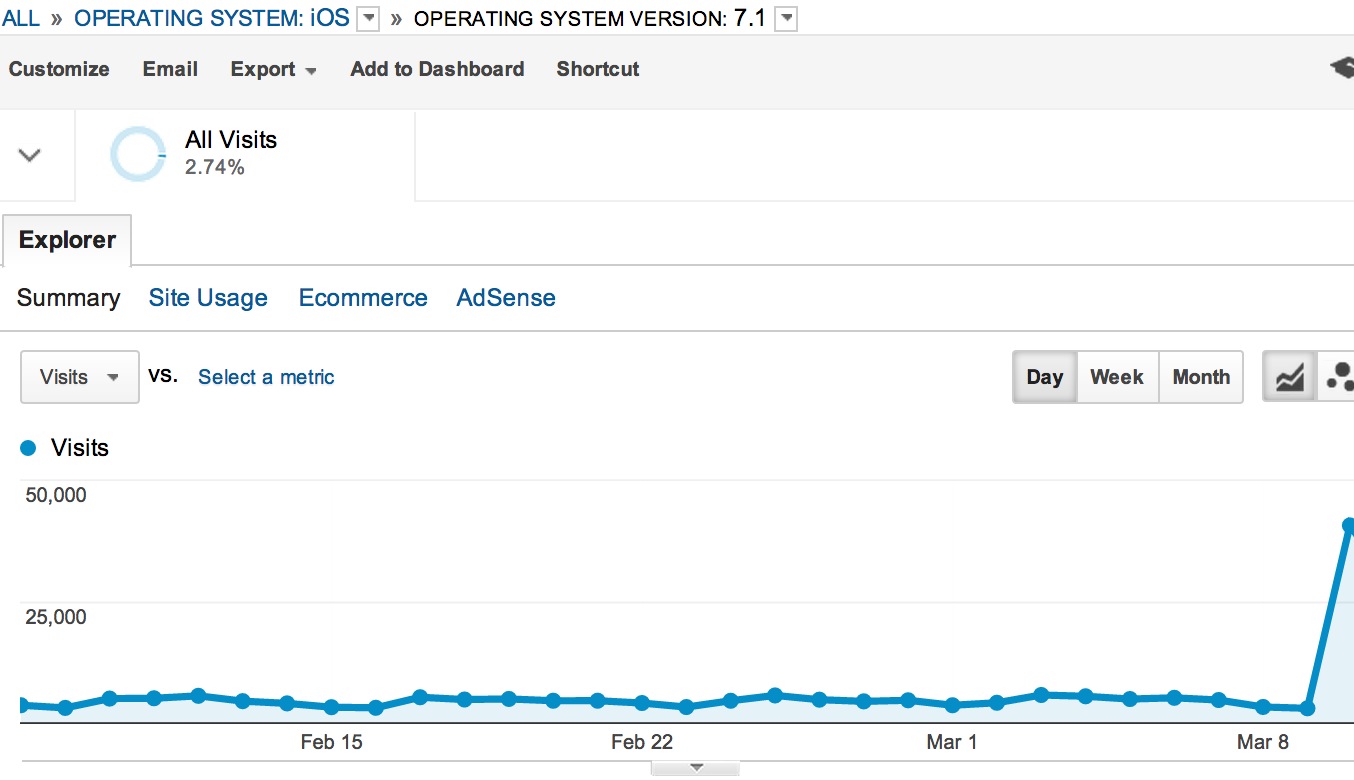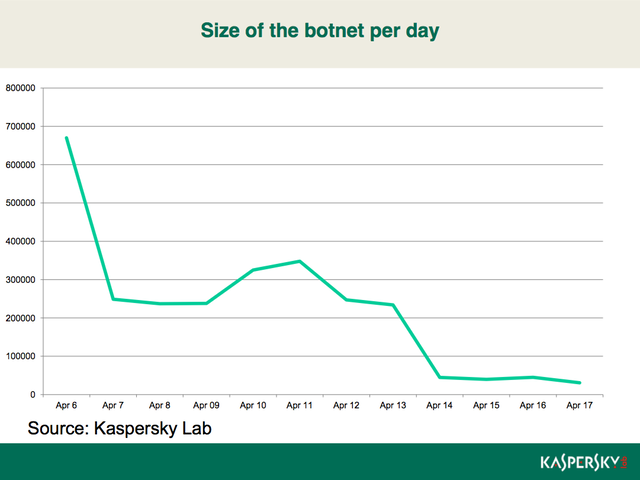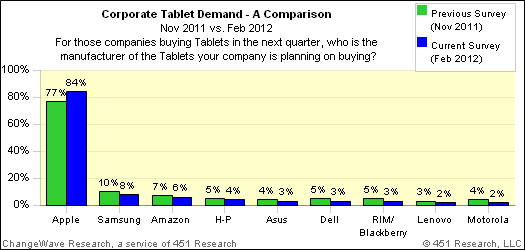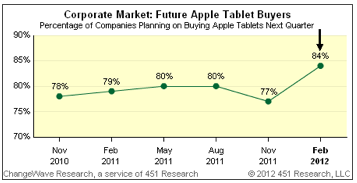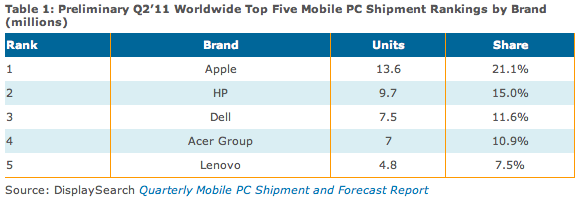Early Apple Music stats show major opportunities for growth, user retention, conversion from rival services

A new study from research firm MusicWatch shares some insight into Apple Music usage, including the percentages of users the subscription streaming service has been able to attract from Apple’s old iTunes music platform and competing services.
Around 11 percent of iOS users report actually using Apple Music (although 77 percent were aware it had launched), and that number is approximately the same among users purchasing or managing their music through iTunes. Compare those numbers to the approximately 40 percent of iOS users that MusicWatch says buy music in the form of digital downloads through iTunes.
In addition, the report notes that usage among existing iTunes Radio users sits at 18 percent. That would mean Apple Music has only attracted a small portion of iTunes users in general. While the numbers compared to iTunes usage are low, MusicWatch notes that the service has been able to convert around 52% of users that gave the service a try since launch. To me, that’s a good sign that the biggest hurdle is actually getting users to try the service. But how does usage relate to that of competitive services?…


